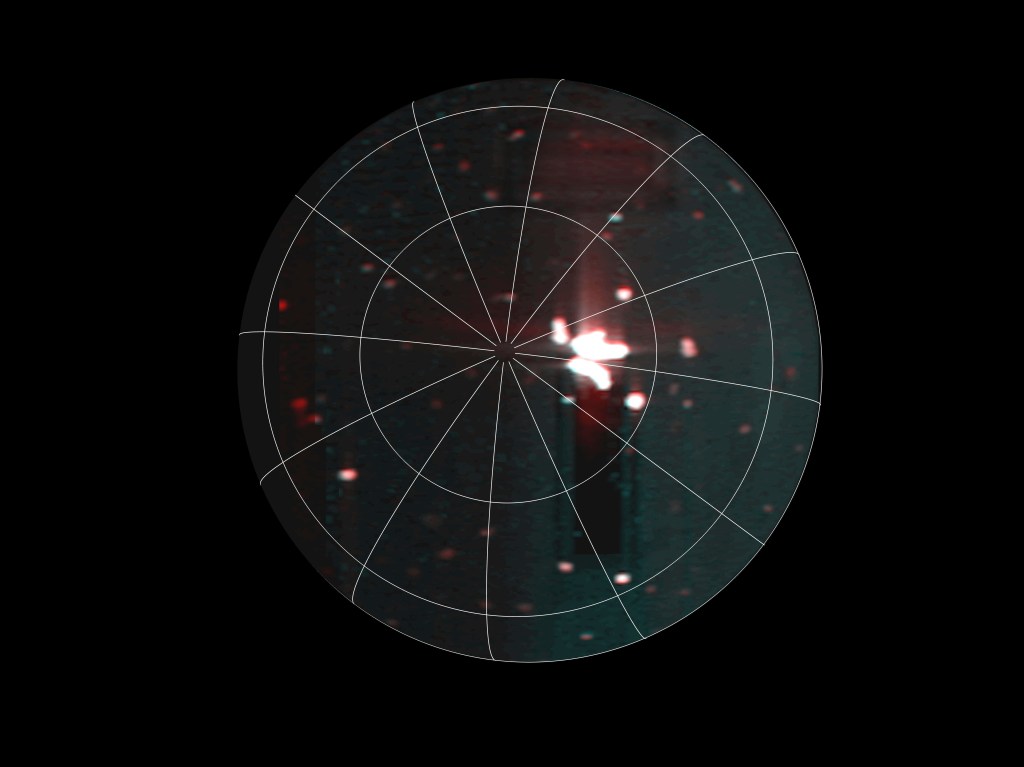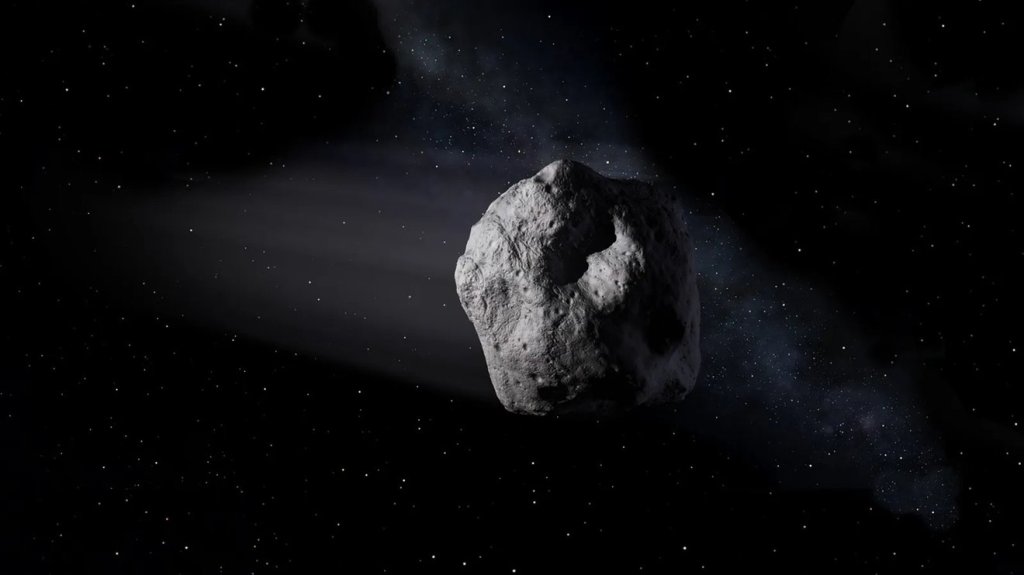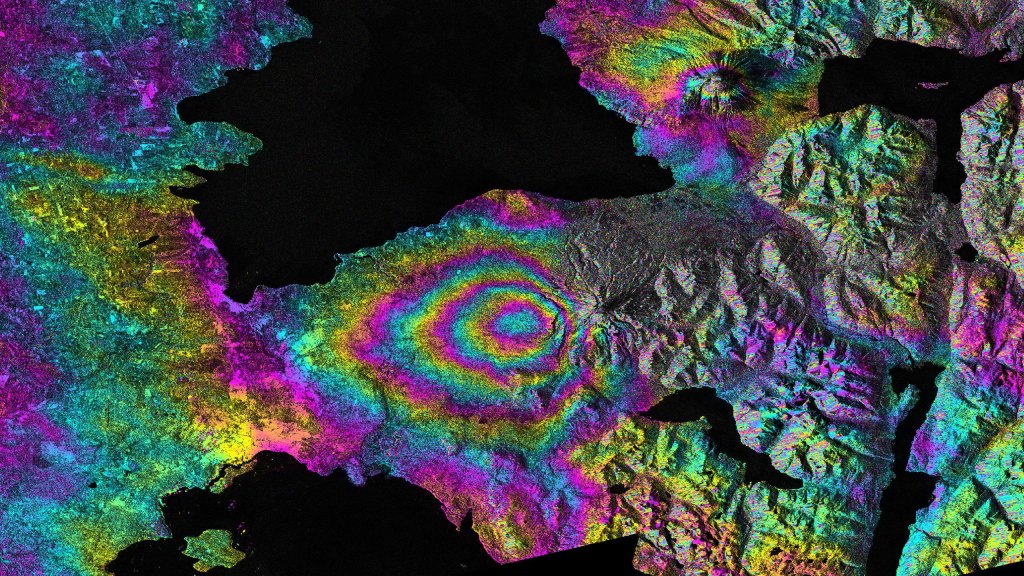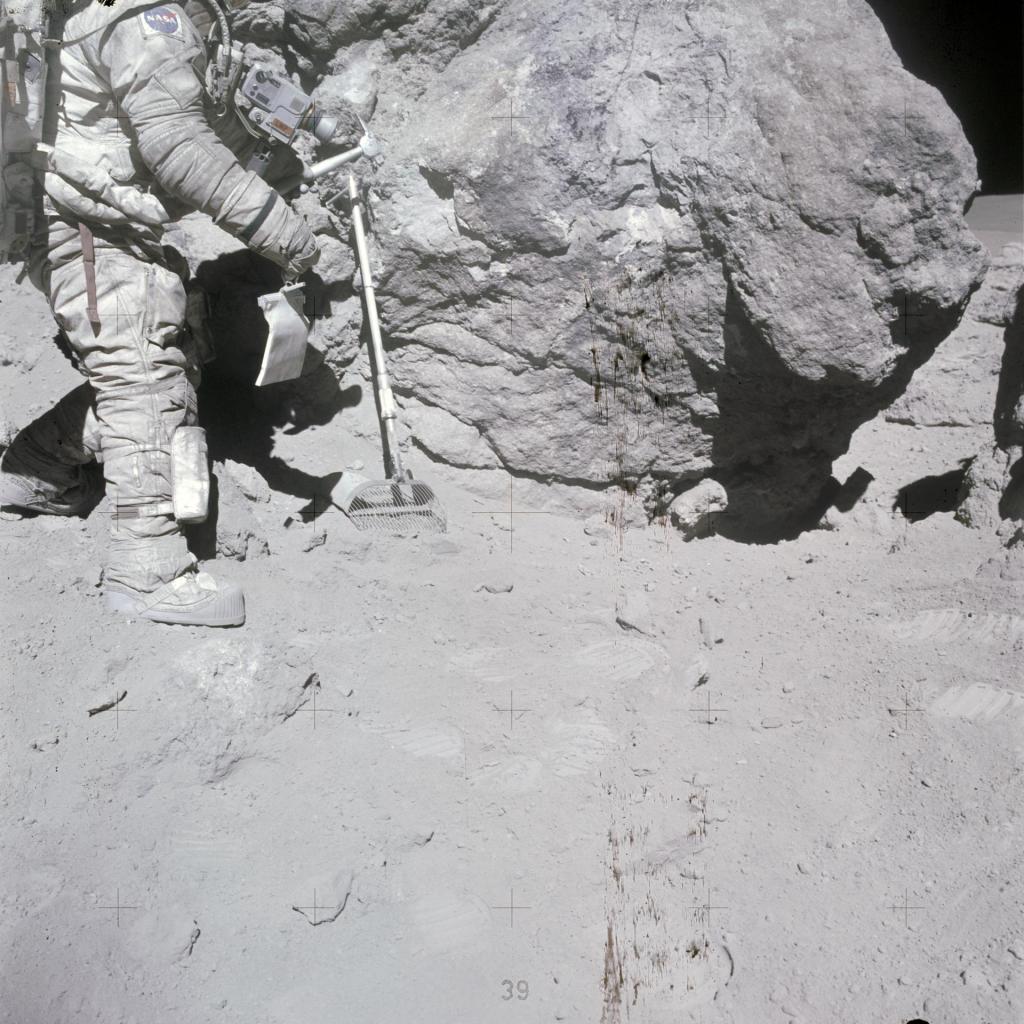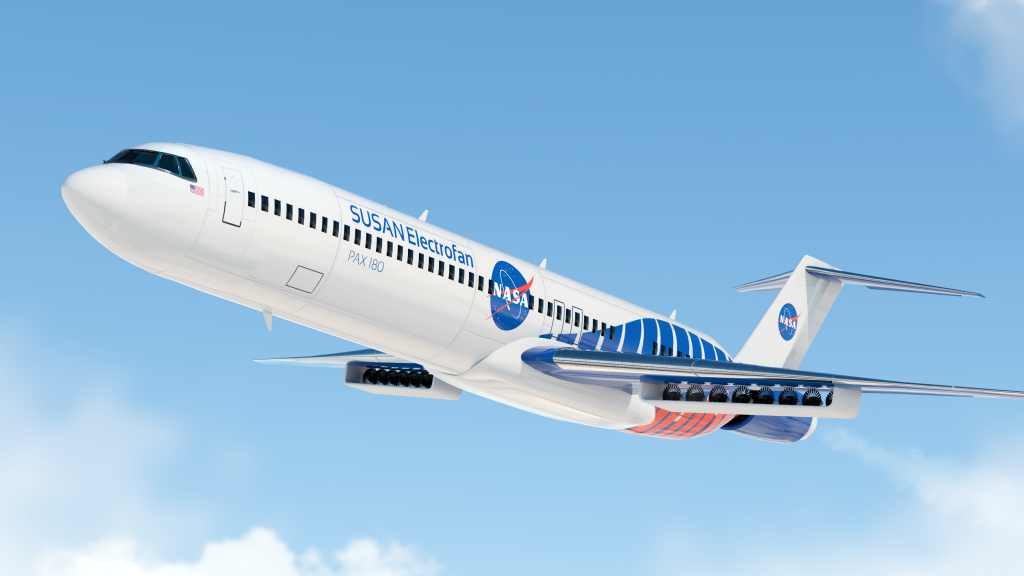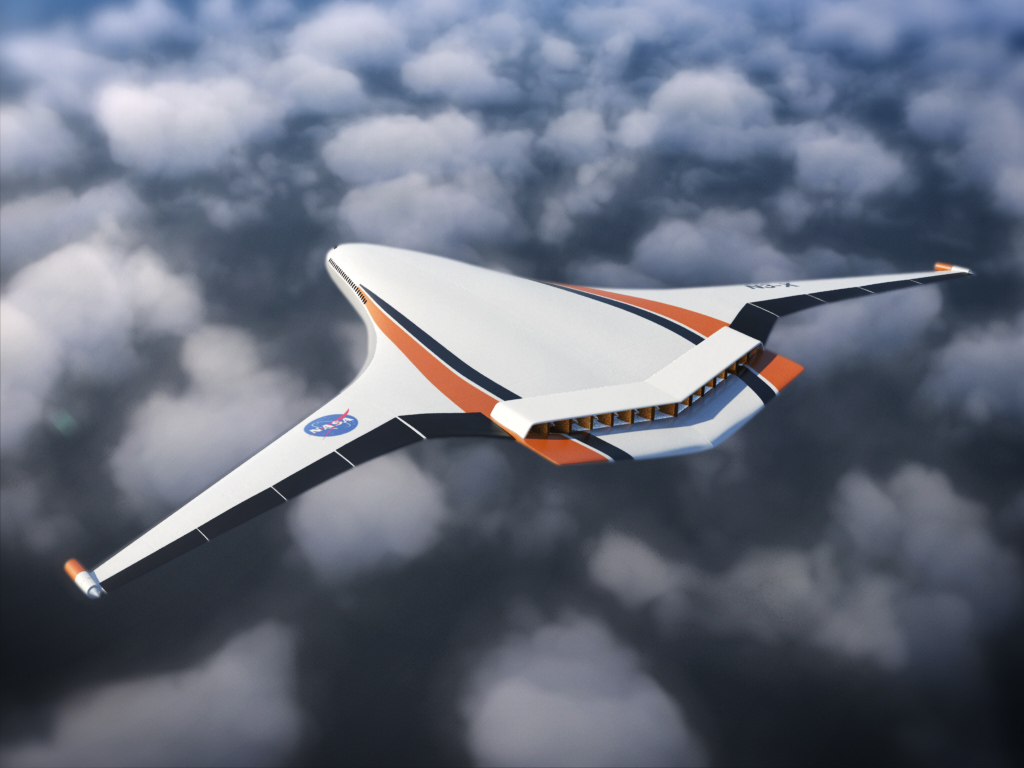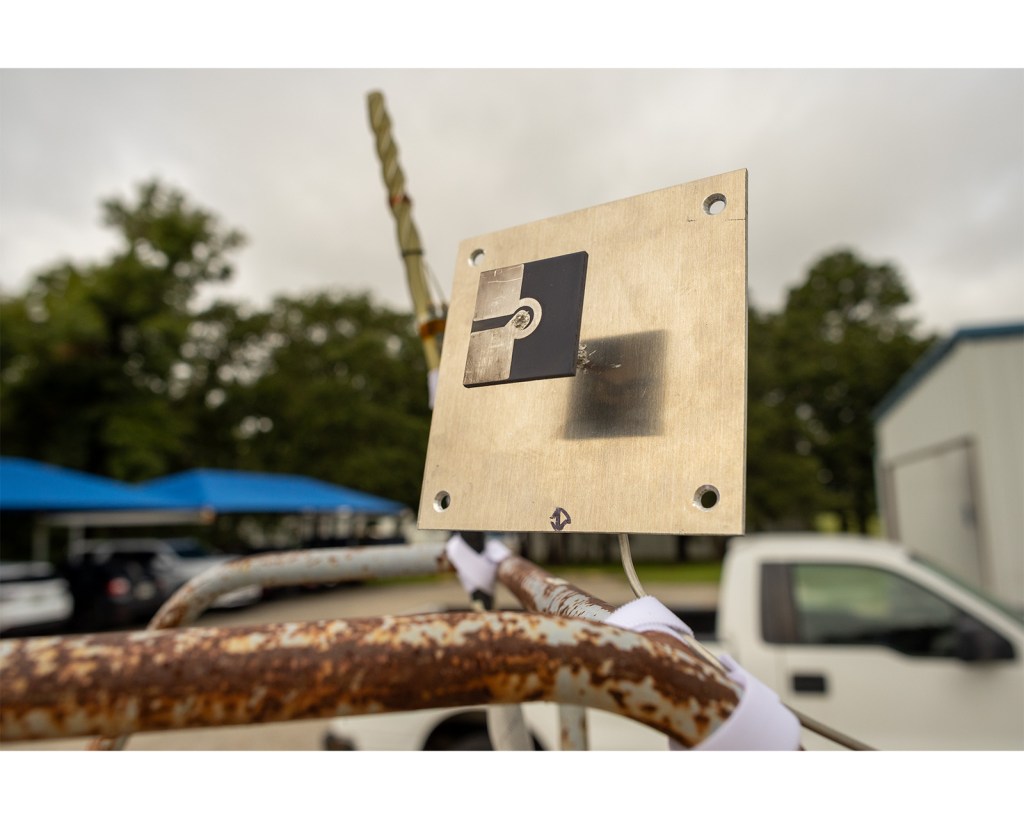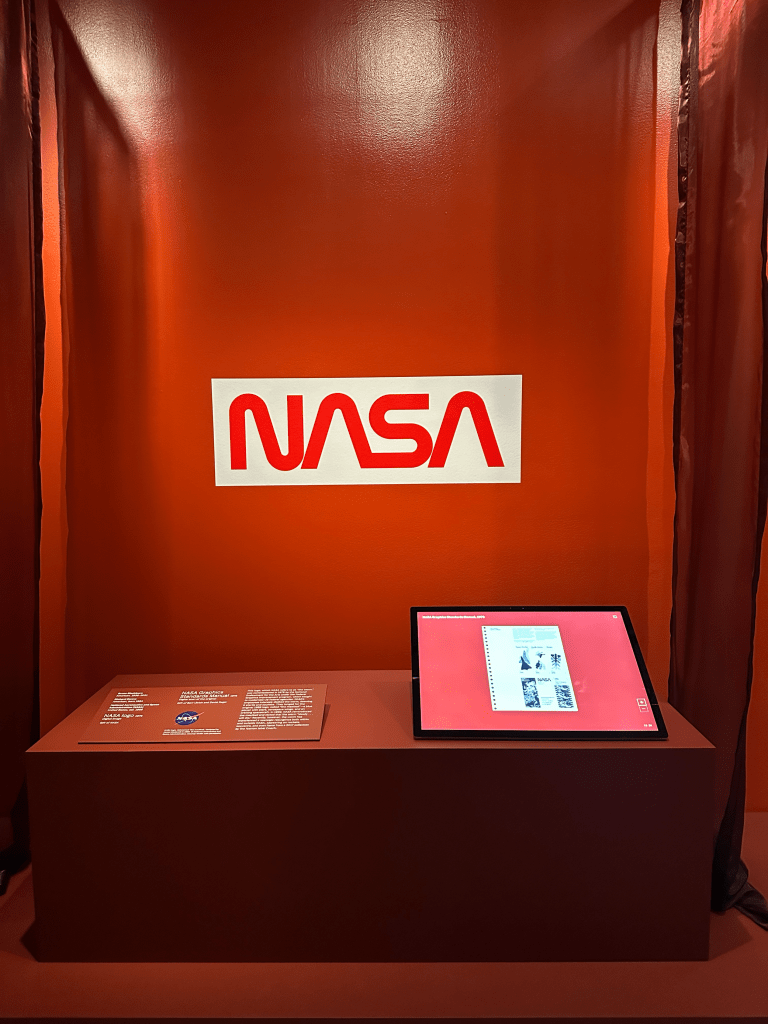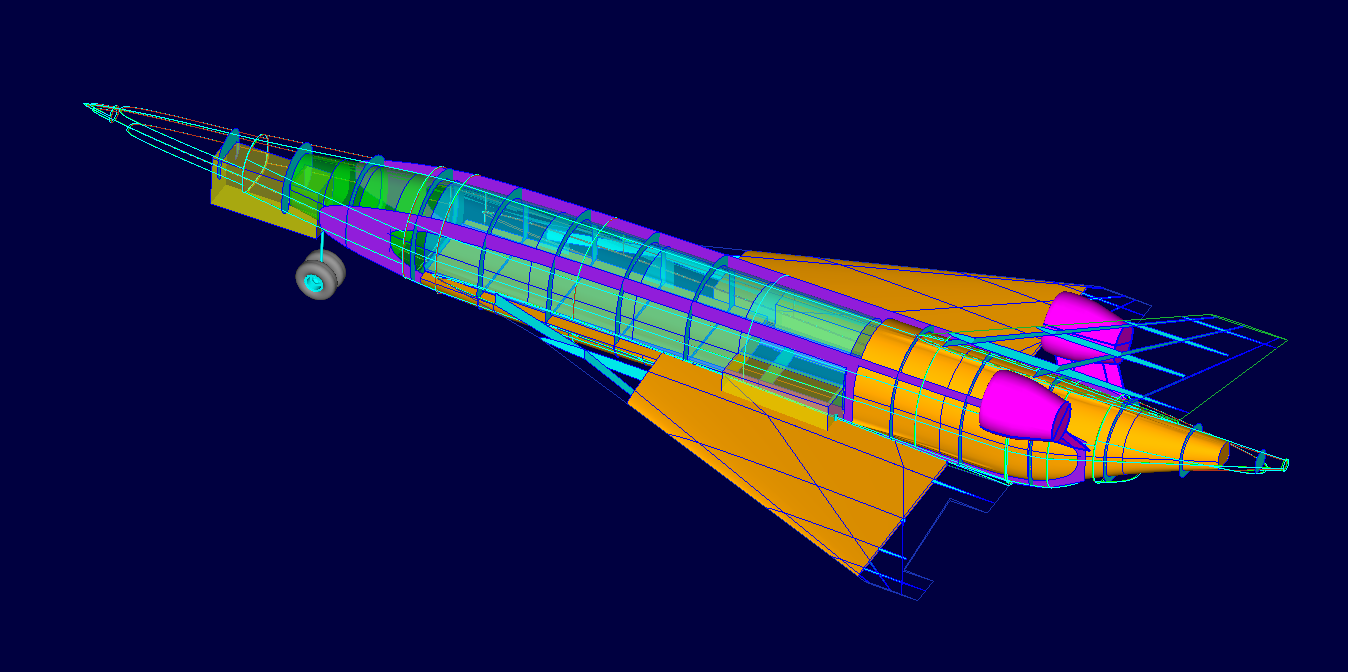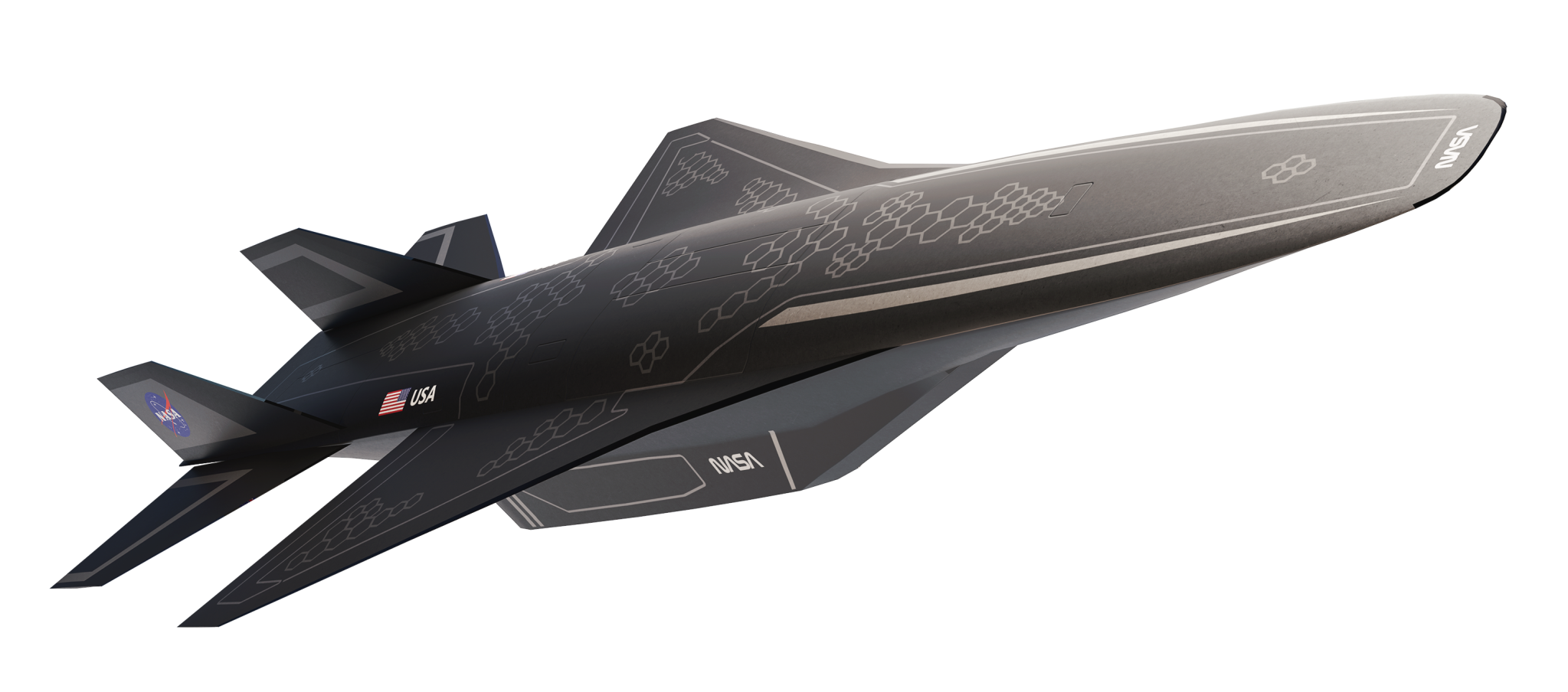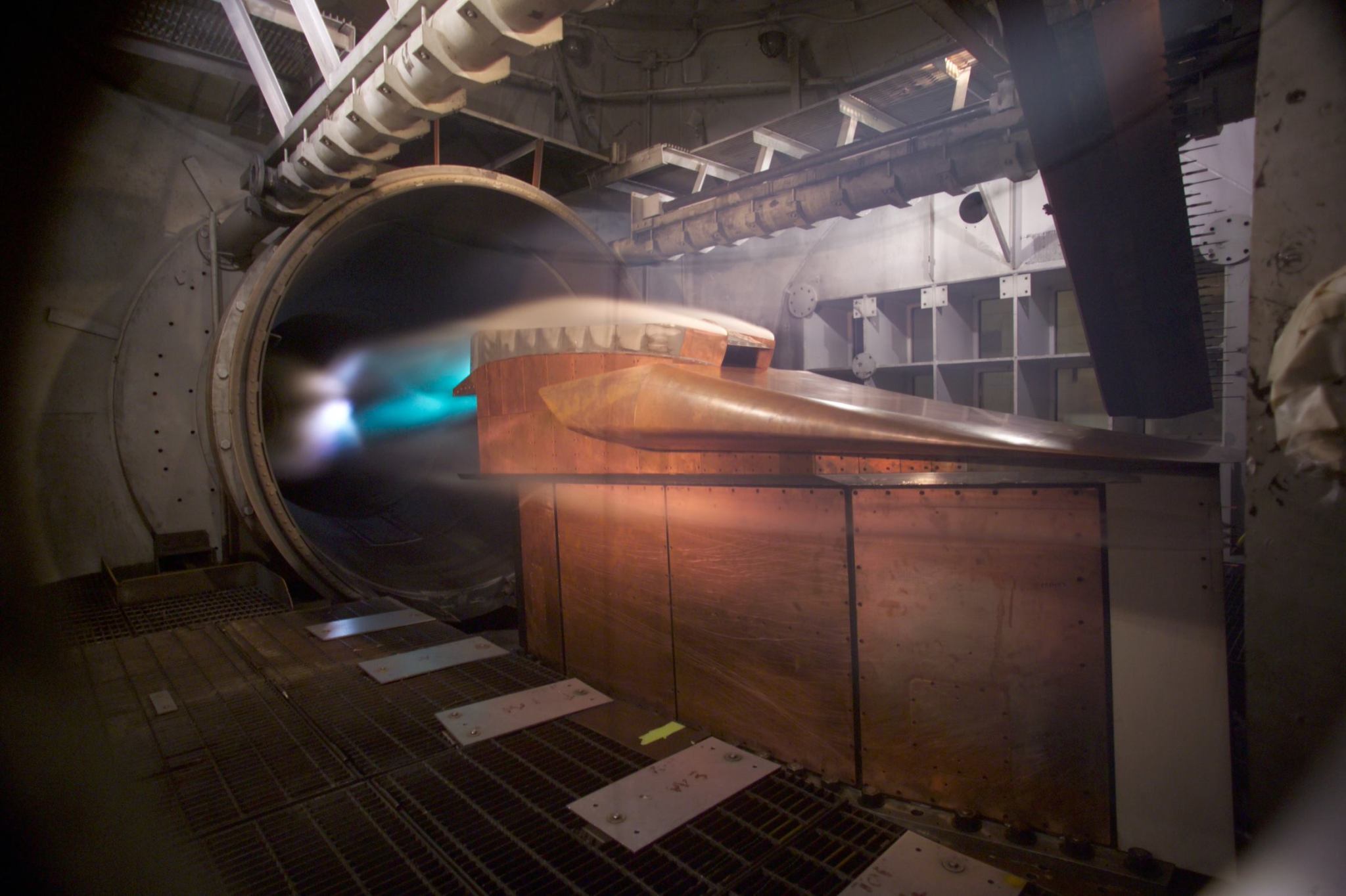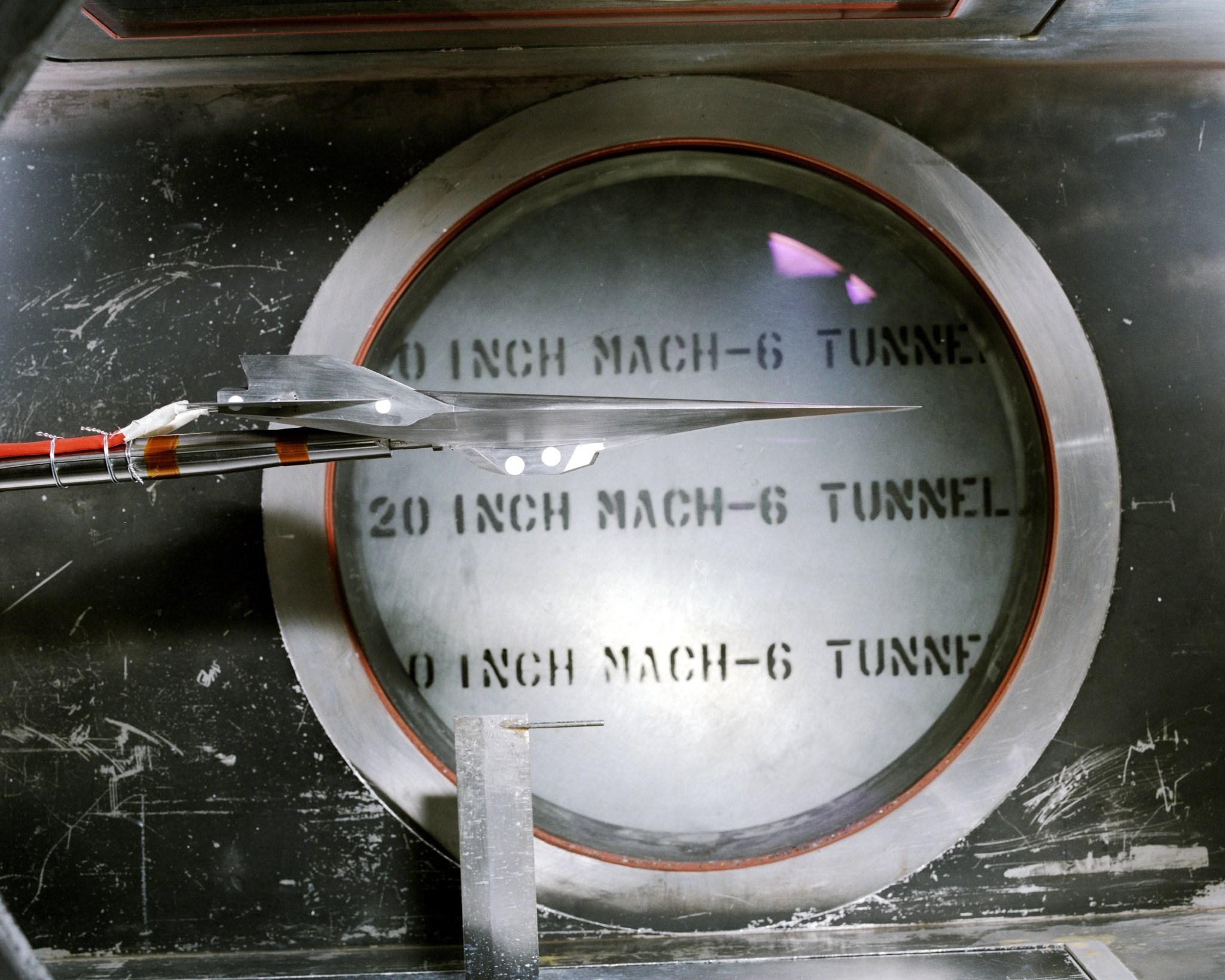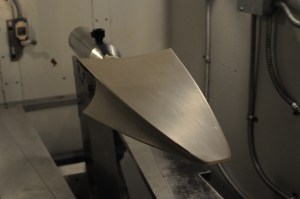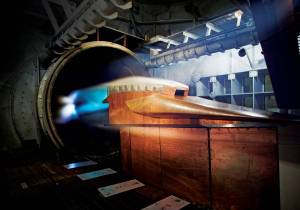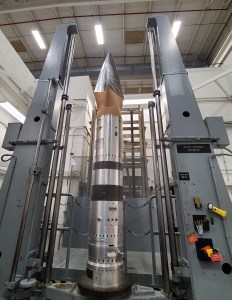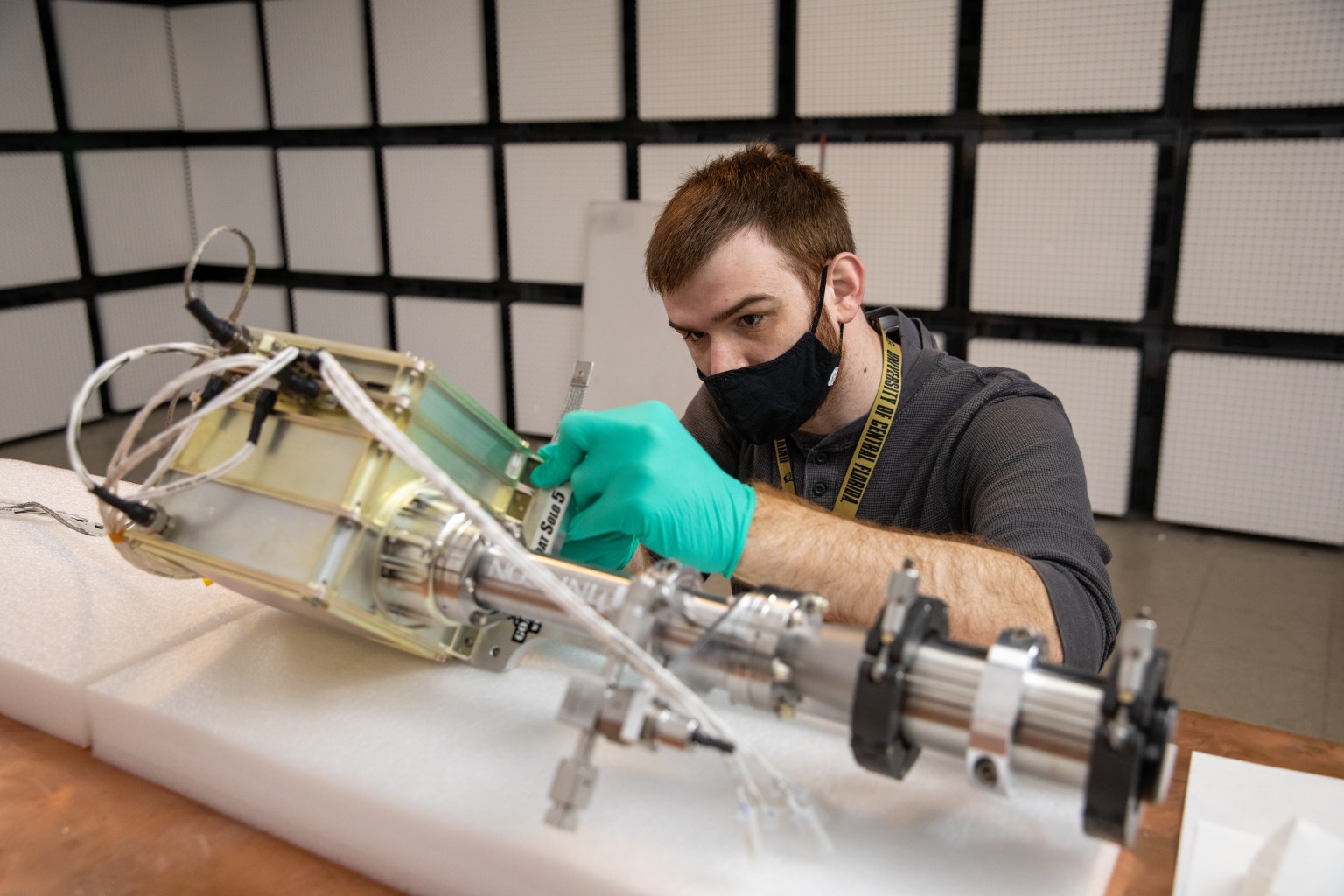The Hypersonic Technology project is divided into four research topic areas. The first research topic is system-level design, analysis, and validation, which explores the impacts of technologies on vehicle performance. The second and third topics focus more specifically on propulsion technologies and vehicle technologies enabling hypersonic flight. The fourth topic area explores material technology that can survive and be reused in high-temperature hypersonic flight.
System-Level Design and Analysis
The System-Level Design, Analysis, and Validation research topic (RT-1) investments are focused on computational tool development and validation for hypersonic propulsion and vehicle system analysis methods including uncertainty quantification. RT-1 coordinates and performs definitive systems analysis studies to clarify the potential benefits of hypersonic vehicles and technologies for both high-speed civilian travel and space access and will use these studies to drive a technology portfolio focused on reusability, affordability, and reliability.
Propulsion Technologies
The Propulsion Technologies research topic (RT-2) focuses on turboramjet, ramjet, integrated combined-cycle, dual-mode, and scramjet propulsion systems and associated propulsive mode transitions, combustor operability, fuels, controls, and sensors. RT-2 develops computational fluid dynamic technologies to enable predictive simulations of these systems.
Vehicle Technologies
The Vehicle Technologies research topic (RT-3) investments focus on understanding aerodynamic and aerothermodynamic phenomena, such as high-speed boundary-layer transition and shock-dominated flows, to further technologies that improve aerodynamic performance as well as reduce aerodynamic heating.
High Temperature Materials
The High Temperature Durable Materials research topic (RT-4) investments focus on advanced propulsion and vehicle materials research. Due to the operating conditions of hypersonic vehicles, most of the structures and materials are shared between propulsion and vehicle components, which include aeroshell, control surface, leading edge, propulsion, and sealing concepts. RT-4 examines the design and evaluation of potential structure and material concepts through component development and testing under relevant environments. In addition, because of the extreme environments the materials and structures must endure, RT-4 also includes development of advanced thermal and structural measurement methods.

